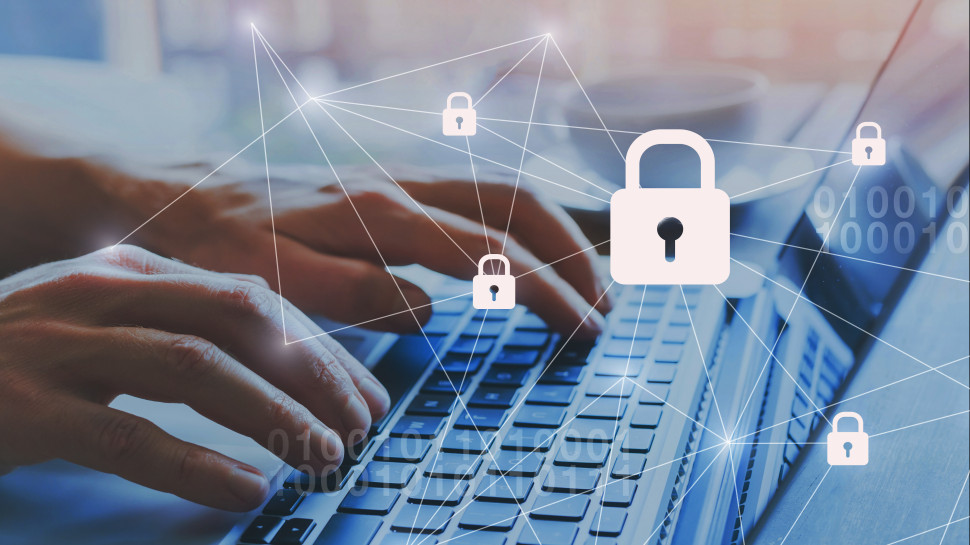When the Insider Is the Adversary: North Korea’s Remote Work Espionage Campaign
The U.S. Justice Department has revealed a shocking truth about the nature of espionage threats in the modern workplace. Over 300 companies, including tech giants and defense contractors, have unknowingly hired North Korean operatives posing as remote IT workers. These individuals infiltrated corporate networks by landing jobs through video interviews, onboarding processes, and legitimate access credentials, stealing sensitive data and funneling millions of dollars back to the Kim regime.
This is one of the most aggressive, large-scale examples of an insider threat – a category of risk that arises when individuals within an organization abuse their authorized access to cause harm. Unlike external threats, which can be detected through technical signatures or perimeter defenses, insider threats operate from within, often undetected, with full access to sensitive systems and data.
A Calculated and Strategic Campaign
The North Korean operation was not improvised; it was calculated, professional, and deeply strategic. The attackers blended in seamlessly, using stolen or fabricated identities, AI-generated content, and deepfakes to pass interviews. They didn't need to act suspiciously to gain access; they simply did what everyone else did: log in via VPN, accessed the codebase, reviewed Jira tickets, and joined Slack channels.
The campaign was enabled by a unique combination of evolving workplace dynamics and readily available AI tools. The normalization of remote work made it plausible to have employees who would never be physically seen or meet a manager face-to-face. Generative AI gave attackers the tools to mimic fluency, build impressive resumes, and generate convincing interview responses.
Infrastructure and Coordination
In some cases, U.S.-based collaborators helped maintain "laptop farms" – stacks of employer-issued machines in a single location controlled by the operatives using KVM switches and VPNs. This setup ensured that access appeared to originate from within the United States, helping them slip past geofencing and fraud detection systems.
These weren't lone actors; they were part of a coordinated state-sponsored effort with global infrastructure, deep operational discipline, and a clear strategic mission: extract value from Western companies to fund North Korea's sanctioned economy and military ambitions.
A Gap in Detection
The alarming success of this campaign highlights a gap that many organizations still haven't addressed: detecting adversaries who look legitimate on paper, behave within expected parameters, and don't trigger alarms. Traditional security tools are tuned for external anomalies – port scans, malware signatures, brute-force attempts.
But an insider who joins a company through standard hiring, logs in during work hours, and accesses systems they're authorized to use won't trigger those alerts. They aren't acting maliciously in a technical sense – until they are.
What's Needed
Security teams need to be able to distinguish between normal and anomalous behavior even among valid users. That means collecting and retaining forensic-grade data – logs from cloud applications, identity systems, endpoint activity, and remote access infrastructure – and making it searchable and analyzable at scale.
Companies need to layer behavioral analytics on top of access logs, looking for subtle indicators: unusual access times, lateral movement into unexpected systems, usage patterns that don't match the rest of the team. This type of detection requires models trained in real-world behavior, tuned not for raw volume but for suspicious variance.
A Proactive Approach
Defending against insider threats like this starts before the first alert. It requires rethinking onboarding, monitoring, and response. Companies need to proactively hunt for unusual access patterns, asking questions like: What access looks unusual? Where are we seeing employees access systems they typically don't use? Why is a new hire downloading a volume of data typically accessed only by team leads?
These questions can't be answered without proper instrumentation. And they can't be answered late. The remote workforce isn't going away; neither is AI. Together, they've created unprecedented flexibility – and unprecedented opportunity for adversaries.
A New Normal
Insider threats are no longer just about disgruntled employees or careless contractors. They're adversaries with time, resources, and state backing, who understand our systems, processes, and blind spots better than we'd like to admit.
Protecting from this threat means investing not just in prevention but in detection and investigation as well. Because the next adversary isn't knocking at your firewall; they're already logged in.
Conclusion
The North Korean remote work espionage campaign is a wake-up call for organizations to rethink their approach to security. It's time to shift from reactive to proactive measures, investing in detection and investigation tools to stay ahead of the next threat. The future of work has never been more critical – let's make sure we're prepared.
Stay Ahead of the Threat
To get the latest news, opinion, features, and guidance on security and identity management, sign up for the TechRadar Pro newsletter. You can also contribute your own story to our Expert Insights channel by following this link: https://www.techradar.com/news/submit-your-story-to-techradar-pro
